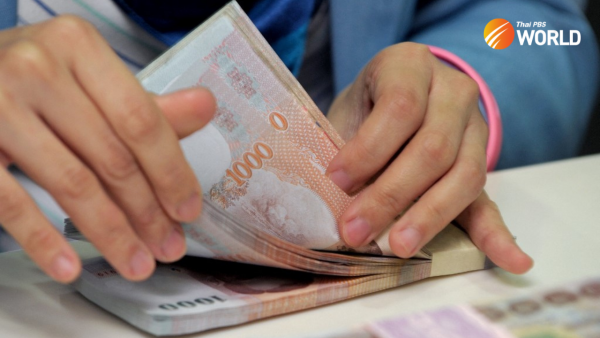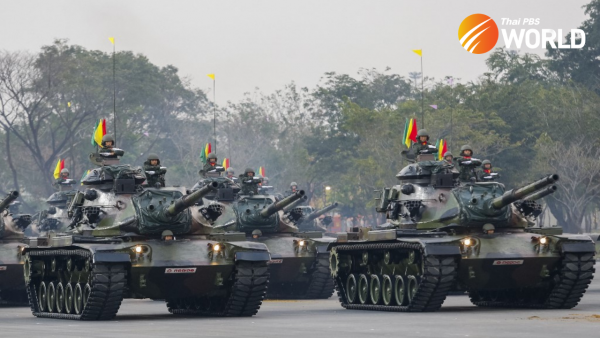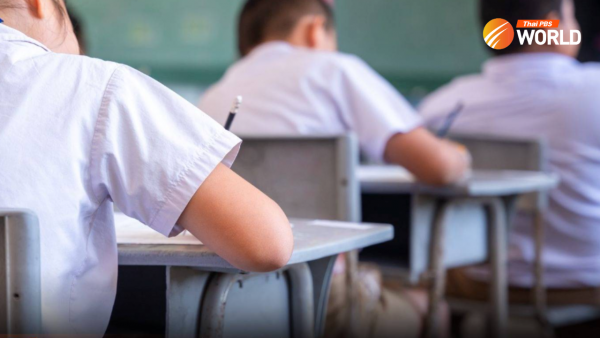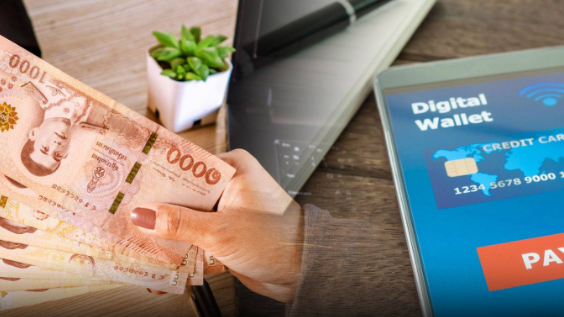Thailand’s economic challenge: short-term relief vs long-term structural woes
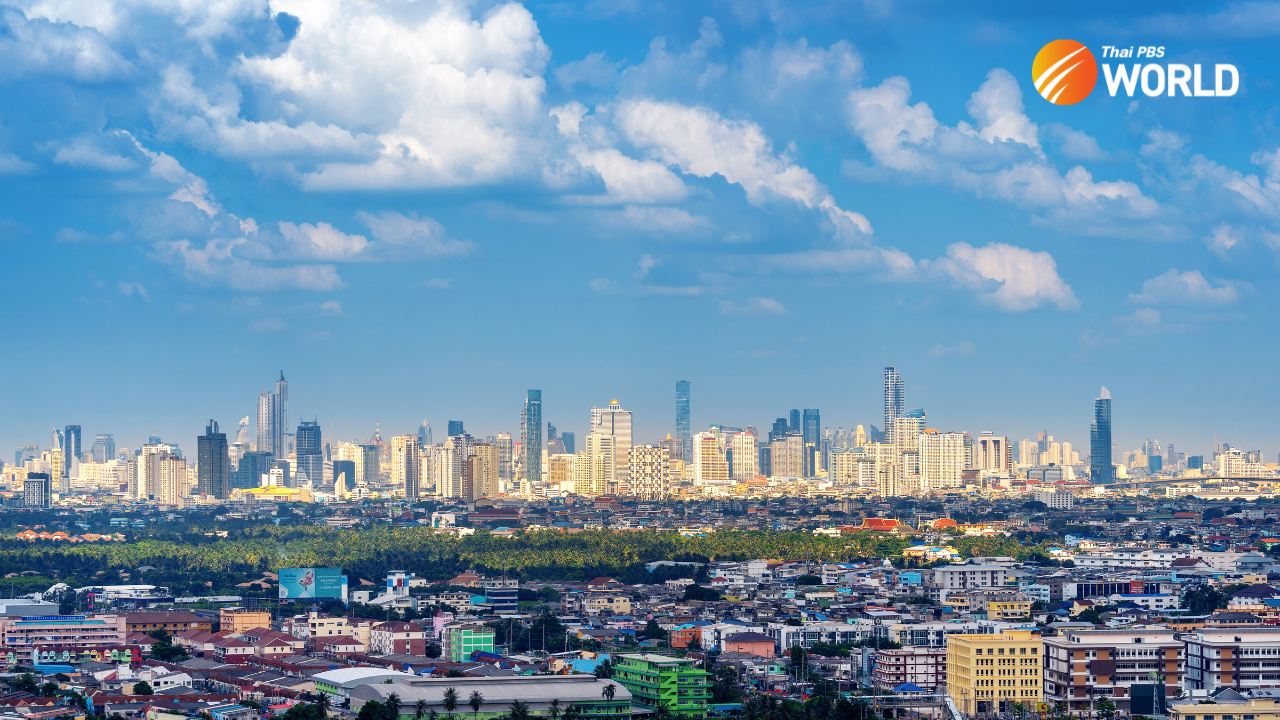
The 5:2 vote by the Thai central bank’s Monetary Policy Committee (MPC) to hold the key policy rate at 2.50 per cent is a hint of an impending rate cut at their next meeting, according to some economists.
The MPC decision in January disappointed Prime Minister Srettha Thavisin and his aides who had been forcefully arguing for the rate cut.
Srettha, who is also finance minister, said that he could not interfere with the Bank of Thailand (BOT)’s independence.
Two of the MPC members voted for a rate cut because inflation has been negative and economic growth has slowed down.
The majority of MPC members, however, cited many reasons for leaving the rate unchanged. They argued that though headline inflation was in negative territory for four consecutive months, core inflation remained positive. They also said that they wanted to guard financial stability as a lower rate could encourage people to undertake risky investments or borrow more.
State of the Thai economy
While the government has been explicit that the economy is heading for a crisis, its opinion is at odds with that of the BOT, which sees recovery albeit uneven with some sectors still struggling for survival. While the government is focusing on short-term stimulus and is calling for a rate cut, the BOT believes accumulated issues could not be solved merely by lowering the interest rate.
Thailand’s economic growth last year was below expectations due to contraction of merchandise exports and the manufacturing sector amid unfavorable global trade conditions and high inventory level.
Though foreign tourist arrivals last year saw a big jump, there is a perceptible change in the visitors’ spending patterns. Per capita spending is lower when compared to the pre-COVID-19 period. The economic recovery after the pandemic has been slower compared to the recovery that followed the Great Flood of 2011, the global financial crisis in 2007 and the Asian financial crisis in 1997.
There has been a decline in government spending due to the delay in passing the annual government budget bill for fiscal 2024. Meanwhile, the weakening momentum from last year is likely to drag down economic growth this year, estimated at 2.5-3 per cent, according to the BOT’s projection.
The BOT admitted that inflation had been lower than previously predicted because of the supply-side effect and the government’s subsidy on cost of living. However, it did not reflect weak private consumption. Lower prices of products are not widespread. Consumers are still spending their money. If the government subsidy was withdrawn, headline inflation would be positive. The BOT has projected headline inflation at 1 per cent for this year before it will start to increase next year, while core inflation is expected to hold steady.
There are factors that needed to be closely monitored including rising tensions in the Middle East that could have a negative impact on oil prices. Drought could also impact the price of farm products and subsidy for cost of living would also play a role. The 3.48-trillion-baht budget bill for fiscal 2024 is pending in Parliament.
Prospects for rate cut
Taking a cue from the BOT statement, Piyasak Manason, senior economist at InnovestX Securities, predicted that the MPC may lower the policy rate by 0.25 percentage point to 2.25 per cent at its meeting in April if the economy slows too much. But the cut would not help much as the country is facing structural issues, such as an ageing society, shortage of a skilled workforce and losing competitiveness of local industries.
Amornthep Chawla, executive vice president at CIMB Thai Bank, does not agree with the BOT analysis, and argues that domestic demand remains weak. As household debt is very high, he wants the government to use fiscal measures and other tools to address structural issues.
He predicts a rate cut only in June, adding that the chance of a rate cut in April would depend on the economic data at the time and government actions.
He played down the gravity of the disagreement between the BOT and the government, saying it was not unusual for the two to have differing opinions.
“Interest rate policy is not a panacea for all economic woes.” The government should accelerate free trade negotiations. There is some inflow of foreign direct investment, but it is still lagging behind other countries in the region. For example, Vietnam, Malaysia and Indonesia could draw more FDI. Businesses still find it difficult to establish their operations due to bureaucratic red tape, so Thailand’s ease of doing business index has room to improve, he said.
In the pre-COVID-19 period, Thailand’s GDP growth was around 3 per cent, but now it is around 2 per cent, suggesting a decline in economic potential largely due to structural issues, he added.
Serious long-term issues
Defending its interest rate policy, the BOT has pointed its finger at structural issues in the economy and argued that the interest policy was not the right tool to solve them.
Declines are visible in the farm sector too. Thai share in the global rice market has slid nearly 50 per cent — from 25 per cent in 2003 to 13 per cent in 2022 — as the country has conceded ground to Vietnam and India. Since 2012, Thailand has conceded the title of world’s rice export champion to India, according to the BOT.
Thailand’s share of the shrimp export market has taken a beating too, shrinking from 14 per cent in 2012 to 4 per cent in 2022, due to higher production cost compared to Ecuador and India.
Thailand has also lost competitiveness in the export of textiles and clothes to rivals Vietnam and China, its market share falling to 0.8 per cent in 2022. Even worse, imported Chinese products are replacing Thai products in the local market. Import of textiles from China jumped 32 per cent last year.
Thailand also faces high competition in the tourism industry, ranking 36th in the 2020 Travel and Tourism Development Index among 117 countries, close to its ranking in 2019. In comparison, Indonesia ranked at 32nd place, up by 12 places, and Vietnam ranked 52nd, improving by 8 places over the previous year.
The BOT also pointed out that winds of change were blowing in consumption, trade and investment globally, which has significantly impacted Thailand’s manufacturing and services.
For example, in keeping with the digital trend, global demand for high technology electronic products has increased but Thailand does not benefit much from it as the country still exports old tech products, leading to declining demand. Thailand also does not benefit from emerging artificial intelligence technology. Thai exports of electronics grew just 4 per cent in the last 10 years compared to 37 per cent for Vietnam, 14 per cent for the Philippines and 10 per cent for Malaysia.
Thailand is the world’s second-largest hard disk drive exporter, but faces a threat from a more advanced product known as “solid state drive”, which is fast replacing hard disk drive technology.
Thailand is also stuck in traditional services such as tourism which have low value addition compared to high value-added modern services such as finance, telecommunication, healthcare and education that take advantage of digital platforms and streaming service. Thailand’s modern services make up just 14 per cent of GDP compared to 19 per cent for the Philippines and Malaysia and 33 per cent for Singapore, according to the BOT.
The central bank has called on the government and concerned parties to seriously look at these structural issues.
By Thai PBS World’s Business Desk



